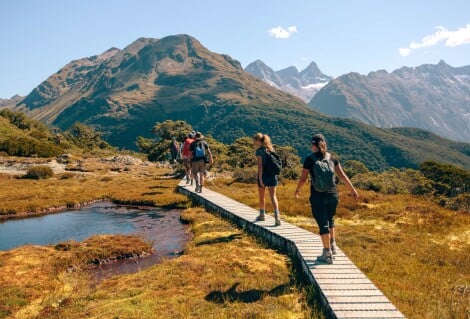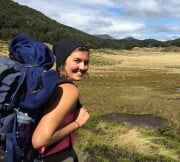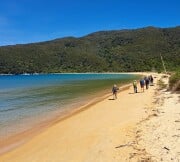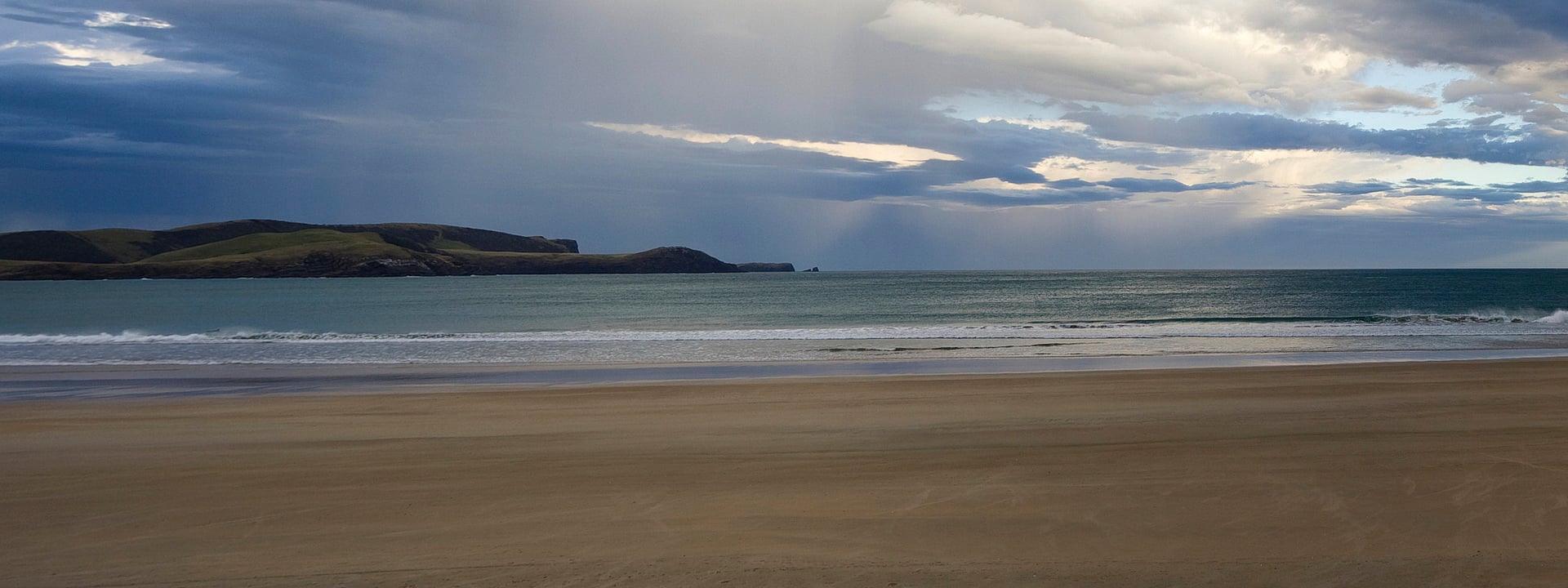The Catlins, land’s end on the southeastern coast of New Zealand’s South Island, remains an often-overlooked paradise of primal beauty and rich history. Rugged and remote, the region is a bastion of biodiversity and rural Kiwi living.
Once a seasonal food-gathering area for Māori, the Catlins later attracted European settlers for its natural resources. The pioneer industries they set up were gradually supplanted by farming throughout the twentieth century, and today, the area is renowned for its isolated beauty.
The Catlins is cloaked by extensive tracts of native rainforest. The dense undergrowth forms a thatched canopy that cascades down hillsides to meet the rough expanse of the Pacific Ocean.
Rare yellow-eyed penguins call this coastline home. Watching them waddle ashore at dusk from specially designed viewing hides is a memorable experience. Also keep an eye out for the endangered Hector’s dolphin, New Zealand fur seals, and the occasional sea lion - encounters with these beachgoers are not to be taken lightly!
Curio Bay is a must-see in the Catlins, home to 180-million-year-old petrified trees, a relic from the Jurassic period. As the tide recedes, the fossilised remains of an ancient forest become visible, once standing tall on the eastern boundary of the supercontinent of Gondwanaland. Walk among these remarkable ‘felled’ trees, lying like giant pick-up-sticks on an ocean-cut rock platform.
Discover the waterfalls of the Catlins
-
Purakaunui Falls: One of the most photographed waterfalls in New Zealand, this three-tiered cascade tumbles gracefully through native forest.
-
McLean Falls: A short walk through dense rainforest leads to the dramatic 22-metre drop of McLean Falls, one of the tallest in the Catlins, set amongst moss-covered rocks and ferns.
-
Matai Falls: Nestled deep in podocarp and broadleaf forest, the picturesque Matai Falls flows gently over a rock face.
 11 Days
11 Days






